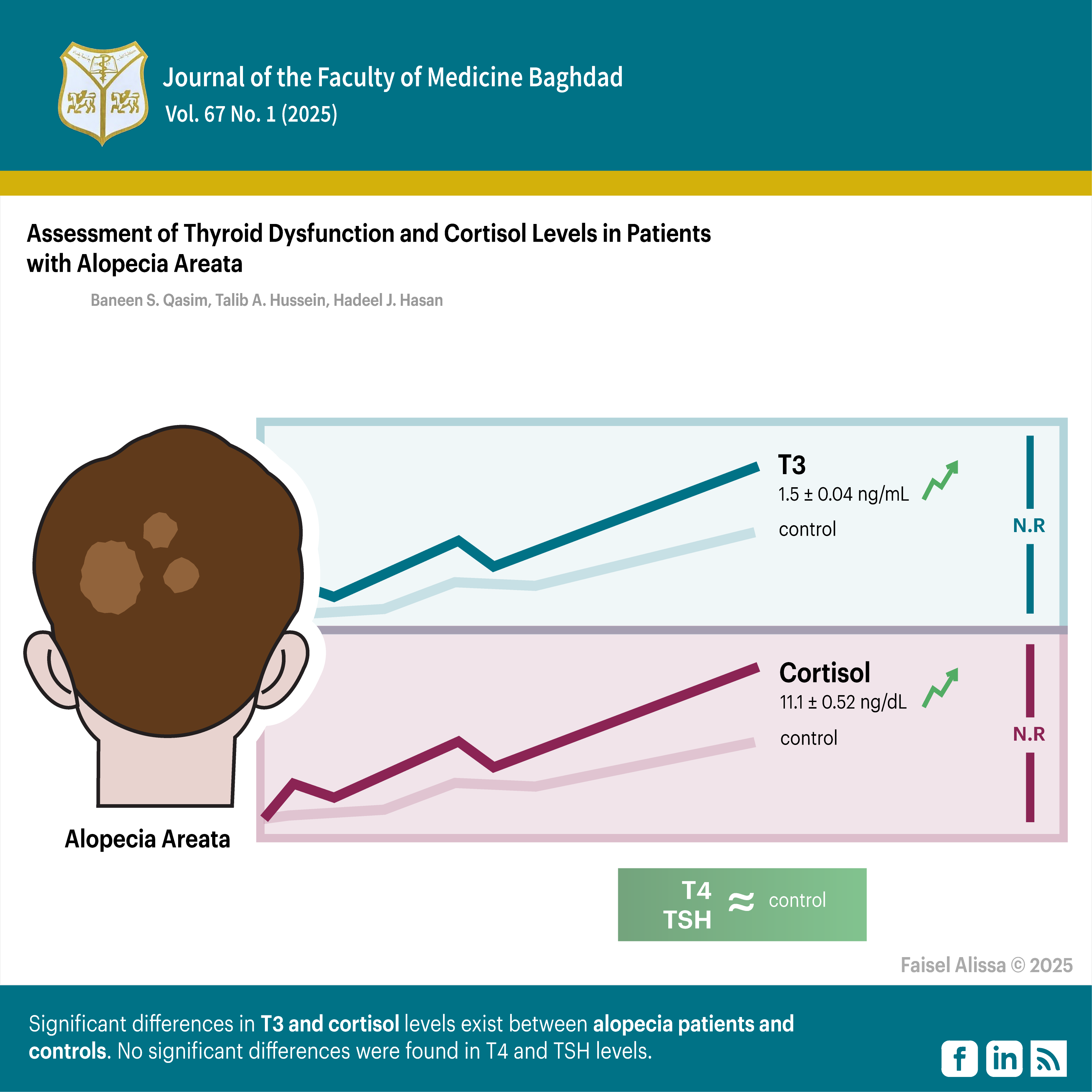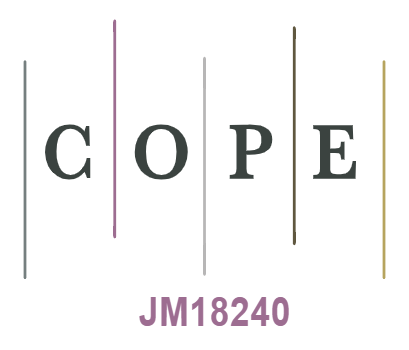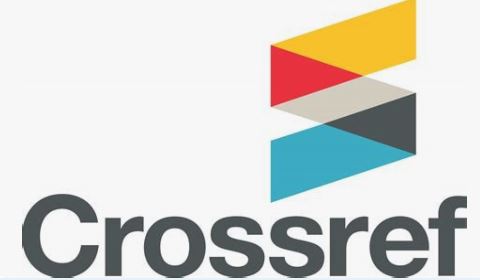Assessment of Thyroid Dysfunction and Cortisol Levels in Patients with Alopecia Areata
DOI:
https://doi.org/10.32007/jfacmedbaghdad2506Keywords:
Alopecia areata, Autoimmune disease, Cortisol, Thyroid function test, TSHAbstract
Background: Alopecia areata (AA) is a complex, multifactorial autoimmune disease in which a person's genetic predisposition plays a significant role. Alopecia areata has been linked to various autoimmune conditions. There is a significant likelihood that autoimmune thyroid disorders will coexist with these conditions.
Objectives: To determine the association between alopecia areata and subclinical thyroid dysfunction, and to assess serum cortisol levels and their relationship with AA.
Methods: The case-control study, conducted at the Dermatology Center of Baghdad Teaching Hospital from October 2023 to February 2024, involved 80 AA patients and 40 healthy controls. Thyroid hormones and cortisol levels were measured using electrochemiluminescence immunoassay.
Results: The mean age of AA patients was (29.4±10.49) years compared to (30.1±8.77) years in controls, with no statistically significant difference (p=0.75). Serum T3 levels were significantly higher in AA patients (1.5 ± 0.04 ng/ml) compared to controls (1.4 ± 0.03 ng/ml, p=0.03), though all values remained within the normal range. In contrast, no significant differences were observed in T4 levels (8.4 ± 0.21 vs. 8.7 ± 0.16 μg/dl, p=0.25) or TSH levels (1.7 ± 0.11 vs. 1.6 ± 0.08 μIU/ml, p=0.31) for the AA and controls respectively. Serum cortisol levels were significantly higher in AA patients (11.1 ± 0.52 ng/dl) compared to controls (8.6 ± 0.23 ng/dl, p<0.0001). However, all measured cortisol levels in both groups remained within the normal reference range.
Conclusion: Significant differences in T3 and cortisol levels exist between alopecia patients and controls, suggesting hormonal involvement in AA. No significant differences were found in T4 and TSH levels, requiring further investigation
Received: Sept. 2024
Revised: Feb. 2024
Accepted: Jan. 2025
Published April 2025
Downloads
References
1. Sánchez-Pellicer P, Navarro-Moratalla L, Núñez-Delegido E, Agüera-Santos J, Navarro-López V. How our microbiome influences the pathogenesis of alopecia Areata. Genes. 2022 Oct14;13(10):1860. https://doi.org/10.3390/genes13101860 .
2. Simakou T, Butcher JP, Reid S, Henriquez FL. Alopecia areata: A multifactorial autoimmune condition. Journal of autoimmunity. 2019 Mar 1;98:74-85. https://doi.org/10.1016/j.jaut.2018.12.001 .
3. Heymann WR. Adjusting the Screen Door: Developing a Rational Approach to Assessing for Thyroid Disease in Patients with Alopecia Areata. Skinmed. 2019 Sep 9;17(3):185-6 . https://pubmed.ncbi.nlm.nih.gov/31496473/
4. Naik PP, Farrukh SN. Association between alopecia areata and thyroid dysfunction. Postgraduate Medicine. 2021 Nov 17;133(8):895-8. https://doi.org/10.1080/00325481.2021.1974689.
5. Xin C, Sun X, Lu L, Yang R, Shan L, Wang Y. Increased incidence of thyroid disease in patients with alopecia areata: a systematic review and meta-analysis. Dermatology. 2020 Oct 16;236(3):251-4. https://doi.org/10.1159/000502025 .
6. Sabea AM, Al-Qaiym MA. The Impact of Selenium and Levothyroxine on the Immune System of Hypothyroid Rats. Journal of the Faculty of Medicine Baghdad. 2024 Apr 1;66(1):85-92. https://doi.org/10.32007/jfacmedbagdad.6612186 .
7. Kinoshita‐Ise M, Martinez‐Cabriales SA, Alhusayen R. Chronological association between alopecia areata and autoimmune thyroid diseases: A systematic review and meta‐analysis. The Journal of Dermatology. 2019 Aug;46(8):702-9. https://doi.org/10.1111/1346-8138.14940 .
8. Lee S, Lee H, Lee CH, Lee WS. Comorbidities in alopecia areata: a systematic review and meta-analysis. Journal of the American Academy of Dermatology. 2019 Feb 1;80(2):466-77. https://doi.org/10.1016/j.jaad.2018.07.013
9. Mohammed YT, Mohameed NH, Arif IS. The Effect of Simvastatin on Thyroid Function in Experimental Autoimmune Thyroiditis Induced in Rats. Iraqi Journal of Pharmaceutical Sciences (P-ISSN 1683-3597 E-ISSN 2521-3512). 2024 Apr 1;33(1):172-9. https://doi.org/10.31351/vol33iss1pp172-179 .
10. Ali BH. Evaluation of the new marker interleukin-33 in Iraqi female patients with hyperthyroidism. Journal of the Faculty of Medicine Baghdad. 2013 Jul 1;55(2):170-4. https://doi.org/10.32007/jfacmedbagdad.552648 .
11. Lee S, Lee H, Lee CH, Lee WS. Comorbidities in alopecia areata: a systematic review and meta-analysis. Journal of the American Academy of Dermatology. 2019 Feb 1;80(2):466-77. https://doi.org/10.1016/j.jaad.2018.07.013 .
12. Popa A, Carsote M, Cretoiu D, Dumitrascu MC, Nistor CE, Sandru F. Study of the thyroid profile of patients with alopecia. Journal of Clinical Medicine. 2023 Jan 31;12(3):1115. https://doi.org/10.3390/jcm12031115 .
13. Casals G, Hanzu FA. Cortisol measurements in Cushing's syndrome: immunoassay or mass spectrometry?. Annals of laboratory medicine. 2020 Jul 1;40(4):285-96. https://doi.org/10.3343/alm.2020.40.4.285 .
14. Boolani A, Channaveerappa D, Dupree EJ, Jayathirtha M, Aslebagh R, Grobe S, et al. Trends in analysis of cortisol and its derivatives. Advancements of Mass Spectrometry in Biomedical Research. 2019:649-64. https://doi.org/10.1007/978-3-030-15950-4_39 .
15. Bougea A, Stefanis L, Chrousos G. Stress system and related biomarkers in Parkinson's disease. InAdvances in Clinical Chemistry 2022 Jan 1 (Vol. 111, pp. 177-215). Elsevier. https://doi.org/10.1016/bs.acc.2022.07.004 .
16. Raff, H. Late Night Salivary Cortisol in the diagnosis of neoplastic hypercortisolism (including cyclic Cushing’s syndrome). Pituitary 2022, 25, 698–700. https://doi.org/10.1007/s11102-022-01214-2 .
17. Nayaf MS, Ahmed AA, Ahmed HS, Najem WS. Evaluation of thyroid hormones in Alopecia Areata in Iraqi patients. International Journal of Scientific and Research Publications. 2022 Oct; 12 (10): 152-64. https://doi.org/10.29322/IJSRP.12.10.2022.p13024
18. Shrestha P, Shrestha M, Gurung S. Association between Alopecia Areata and Thyroid Dysfunction in Western Nepal. Nepal Journal of Medical Sciences. 2023 Jan 31;8(1). https://doi.org/10.3126/njms.v8i1.54303
19. Rai A, Yadav R, Karki S, Pradhan M. Alopecia Areata and it’s Association with Thyroid Dysfunction. Journal of Nobel Medical College. 2021 Jun 22;10(1):51-4. https://doi.org/10.3126/jonmc.v10i1.37981
20. Hammad RT, Al-Ani WY, Alhasan AS. Thyroid Disorders Associated with Alopecia Areata Patients in Al Ramadi City. European Journal of Molecular & Clinical Medicine. 2020; 7 (11): 977-83. https://iasj.net/iasj/article/255822 .
21. Lee EY, Nam YJ, Kang S, Choi EJ, Han I, Kim J, et al. The local hypothalamic–pituitary–adrenal axis in cultured human dermal papilla cells. BMC Molecular and Cell Biology. 2020 Dec;21:1-11. https://doi.org/10.1186/s12860-020-00287-w
22. Kageyama, K.; Iwasaki, Y.; Daimon, M. Hypothalamic Regulation of Corticotropin-Releasing Factor under Stress and Stress Resilience. Int. J. Mol. Sci. 2021, 22, 12242. https://doi.org/10.3390/ijms222212242
23. Knezevic E, Nenic K, Milanovic V, Knezevic NN. The role of cortisol in chronic stress, neurodegenerative diseases, and psychological disorders. Cells. 2023 Nov 29;12(23):2726. https://doi.org/10.3390/cells12232726
24. Lee DY, Kim E, Choi MH. Technical and clinical aspects of cortisol as a biochemical marker of chronic stress. BMB reports. 2015 Apr;48(4):209. https://doi.org/10.5483/BMBRep.2015.48.4.275

Downloads
Published
Issue
Section
License
Copyright (c) 2025 Baneen S Qasim, Talib A. Hussein, Hadeel J. Hasan Alfatla

This work is licensed under a Creative Commons Attribution 4.0 International License.










 Creative Commons Attribution 4.0 International license..
Creative Commons Attribution 4.0 International license..


